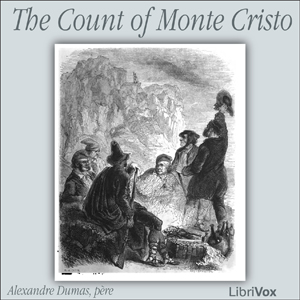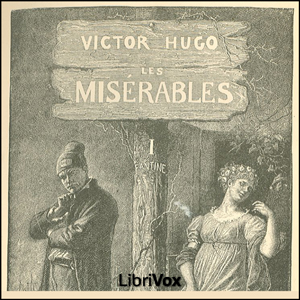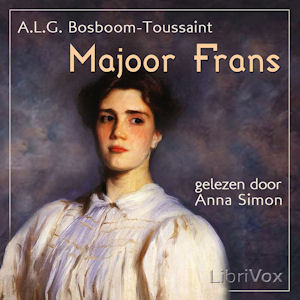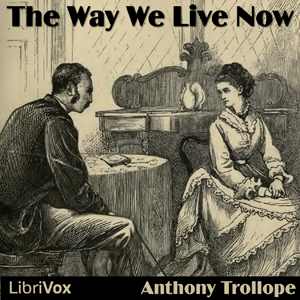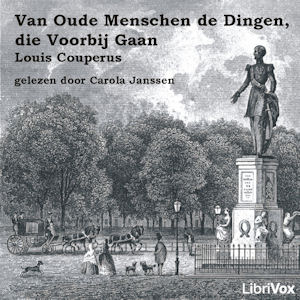- Chapter 1
- Chapter 2
- Chapter 3
- Chapter 4
- Chapter 5
- Chapter 6
- Chapter 7
- Chapter 8
- Chapter 9
- Chapter 10
- Chapter 11
- Chapter 12
- Chapter 13
- Chapter 14
- Chapter 15
- Chapter 16
- Chapter 17
- Chapter 18
- Chapter 19
- Chapter 20
- Chapter 21
- Chapter 22
- Chapter 23
- Chapter 24
- Chapter 25
- Chapter 26
- Chapter 27
- Chapter 28
- Chapter 29
- Chapter 30
- Chapter 31
- Chapter 32
- Chapter 33
- Chapter 34
- Chapter 35
- Chapter 36
- Chapter 37
E. M. Forster’s A Passage to India (1924) is widely acclaimed as one of the hundred best literary works of 20th century. Time magazine rates it among the top 100 English-language novels of all time.
A Passage to India is set at the moment when the lasting supremacy of the British Raj could no longer be taken for granted. Imperial power had been effectively supported by old and deep-seated religious and cultural conflicts between India’s Hindu and Muslim populations, which divided and sapped the local powers ultimately needed to overthrew imperial rule in 1947. Forster illustrates how this rift begins to be overshadowed by the increasing resistance of all Indians to the extreme racism, oppression and socio-political mismanagement of British rule.
The work is perhaps best known for his brilliant development of the relationships between his characters, which are fraught by a wide range of precarious cultural, social, political and economic dualisms: e.g., Occident / Orient; imperialist / colonial; men / women. He carries the idea expressed in his famous words “only connect” (from Howards End) to its limits, examining the difficulties – often the inherent impossibility – of “connection” across racial, sexual, religious and social divides. - Summary by Kirsten Wever
A Passage to India is set at the moment when the lasting supremacy of the British Raj could no longer be taken for granted. Imperial power had been effectively supported by old and deep-seated religious and cultural conflicts between India’s Hindu and Muslim populations, which divided and sapped the local powers ultimately needed to overthrew imperial rule in 1947. Forster illustrates how this rift begins to be overshadowed by the increasing resistance of all Indians to the extreme racism, oppression and socio-political mismanagement of British rule.
The work is perhaps best known for his brilliant development of the relationships between his characters, which are fraught by a wide range of precarious cultural, social, political and economic dualisms: e.g., Occident / Orient; imperialist / colonial; men / women. He carries the idea expressed in his famous words “only connect” (from Howards End) to its limits, examining the difficulties – often the inherent impossibility – of “connection” across racial, sexual, religious and social divides. - Summary by Kirsten Wever
There are no reviews for this eBook.
There are no comments for this eBook.
You must log in to post a comment.
Log in


